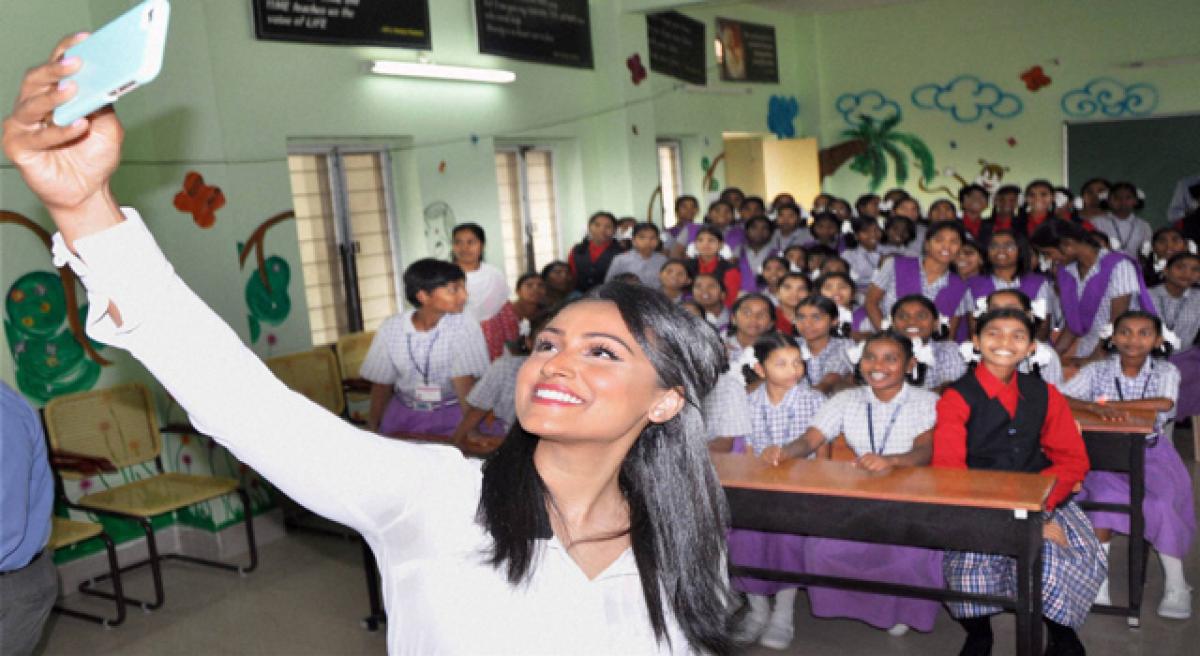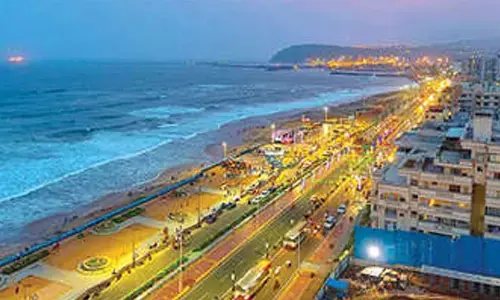Five ways India has changed since liberalisation 25 years ago

Twenty-five years ago this week, India unshackled private industry and embraced foreign investment, ending four decades of socialist self-reliance and making a major bid to reclaim its place as an economic power.
Twenty-five years ago this week, India unshackled private industry and embraced foreign investment, ending four decades of socialist self-reliance and making a major bid to reclaim its place as an economic power.
Finance Minister at the time, Manmohan Singh, had a keen sense of the moment’s place in history. Presenting the budget before Parliament on July 24, 1991, he framed the new economic policies as a means of eliminating “the scourge of poverty, ignorance and disease,” and of realising the full potential of the Indian people.
In the famous closing flourish of his speech, he invoked Victor Hugo: “No power on Earth can stop an idea whose time has come.”
But even Singh, who later served a decade as the country’s prime minister, could not have foreseen all the changes that this set of ideas would bring about, writes Raymond Zhong in The Wall Street Journal.
Economic liftoff
By every measure, India has grown more economically prosperous. National output last year was nearly five times what it was in 1991. Indians sell more to the world, and enjoy more of the outside world’s products and services, know-how and technology.
A country that was once a byword for famine is today one of the planet’s biggest exporters of rice, cotton and other agricultural products. Not all sections of Indian society have risen as much as others: The country is still home to more of the world’s poorest people than any other nation.
Consumer explosion
In 1991, Indians had two television channels to choose from, and both of them were produced by Doordarshan, the state broadcaster. In much else, too, from sweets to cosmetics to butter, autarky meant the choices for the average consumer were very limited. Today’s riot of options makes pre-liberalisation India seem, like “another country.”
Car crazy
It isn’t quite true that Indians had only one car available to them, the Hindustan Motors Ltd. Ambassador, before 1991. But their options have certainly multiplied since then. Almost every major international maker has tried to enter the market; not all have succeeded. The industry in India churned out nearly 24 million vehicles in the year that ended in March.
People power
Indians are living longer, and fewer are dying at or shortly after birth. More are literate, more receive schooling and more go to college.
Still, the nation badly lags its neighbours on many of these human indicators. Women fare worse than men. And despite recent government sanitation campaigns, more people in India have cellphones than have access to decent toilets, according to the United Nations.
A flailing state
Over the last quarter-century, as India’s economy has grown more complex, it has arguably loped ahead of the government’s capacity to manage it and provide essential services.
That’s why the Harvard economist Lant Pritchett in 2009 called India a “flailing state”: The top institutions of government are sound, but they don’t deliver reliably on the ground.
Public health facilities are understaffed and underfunded. Schoolteachers don’t show up for their own classes.
Unlike in 1991, “India’s problem is not what the state does wrong now,” says Manish Sabharwal, chairman of TeamLease Services Ltd., a Bangalore-based staffing company. “It is what the state does not do.”









